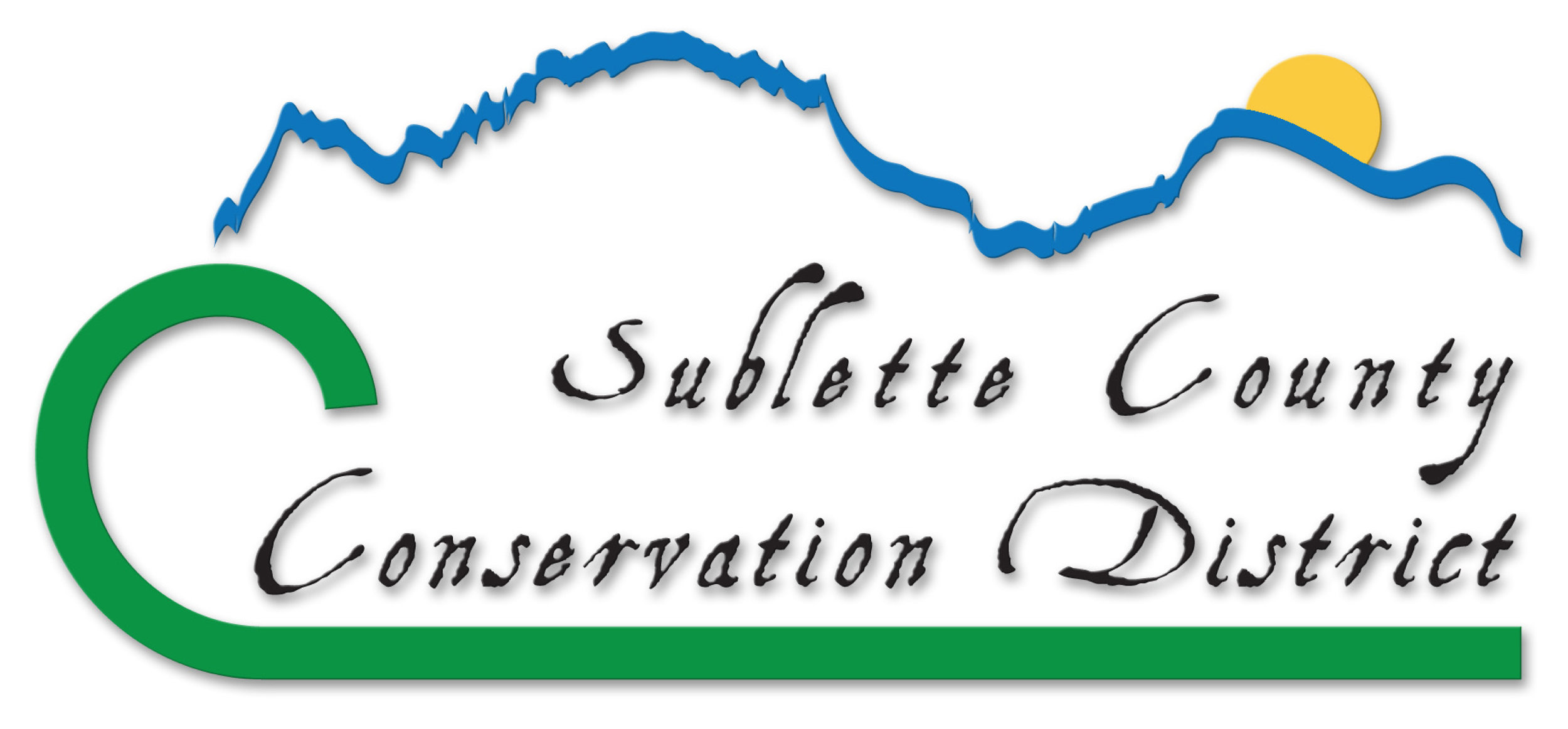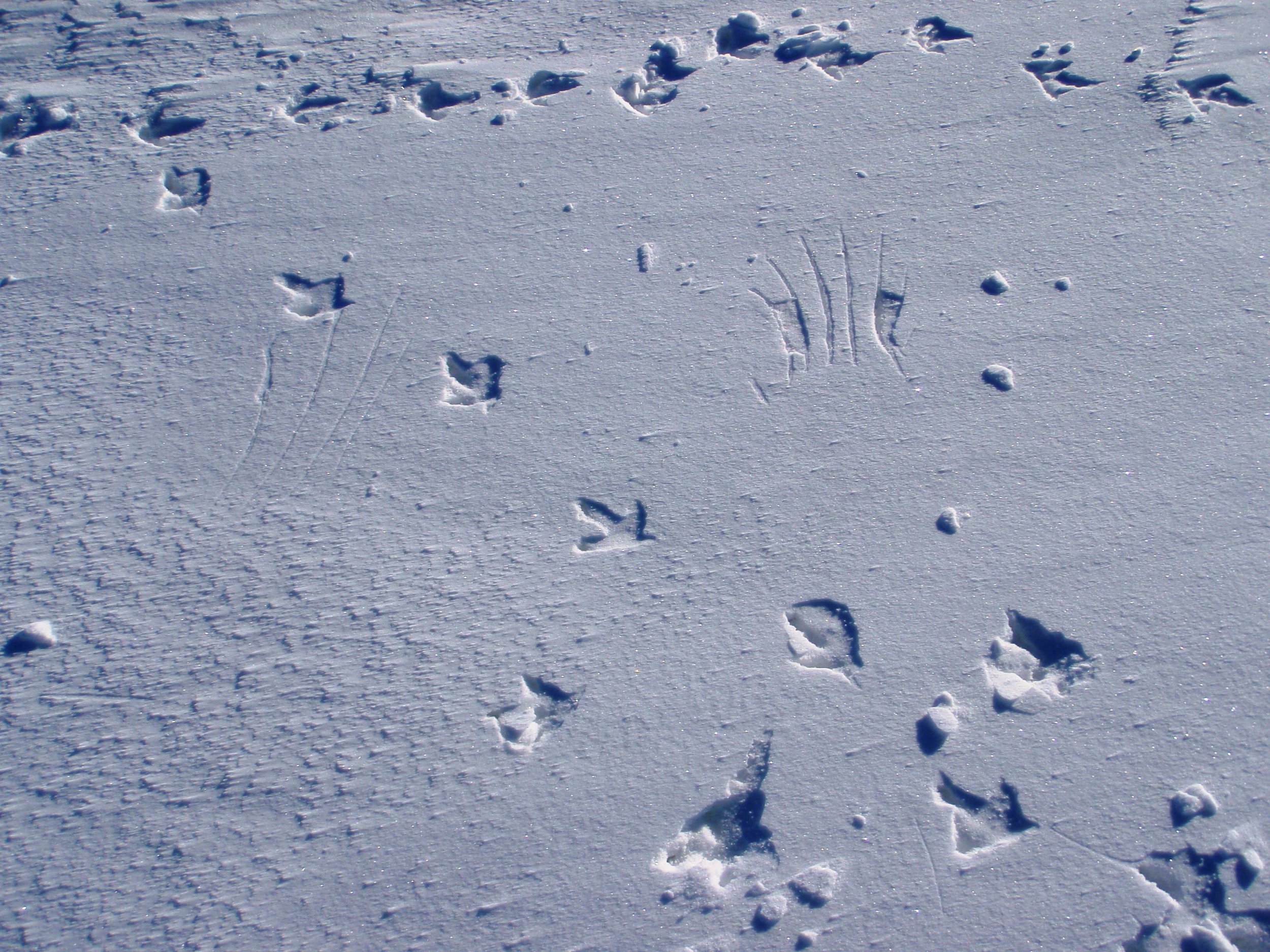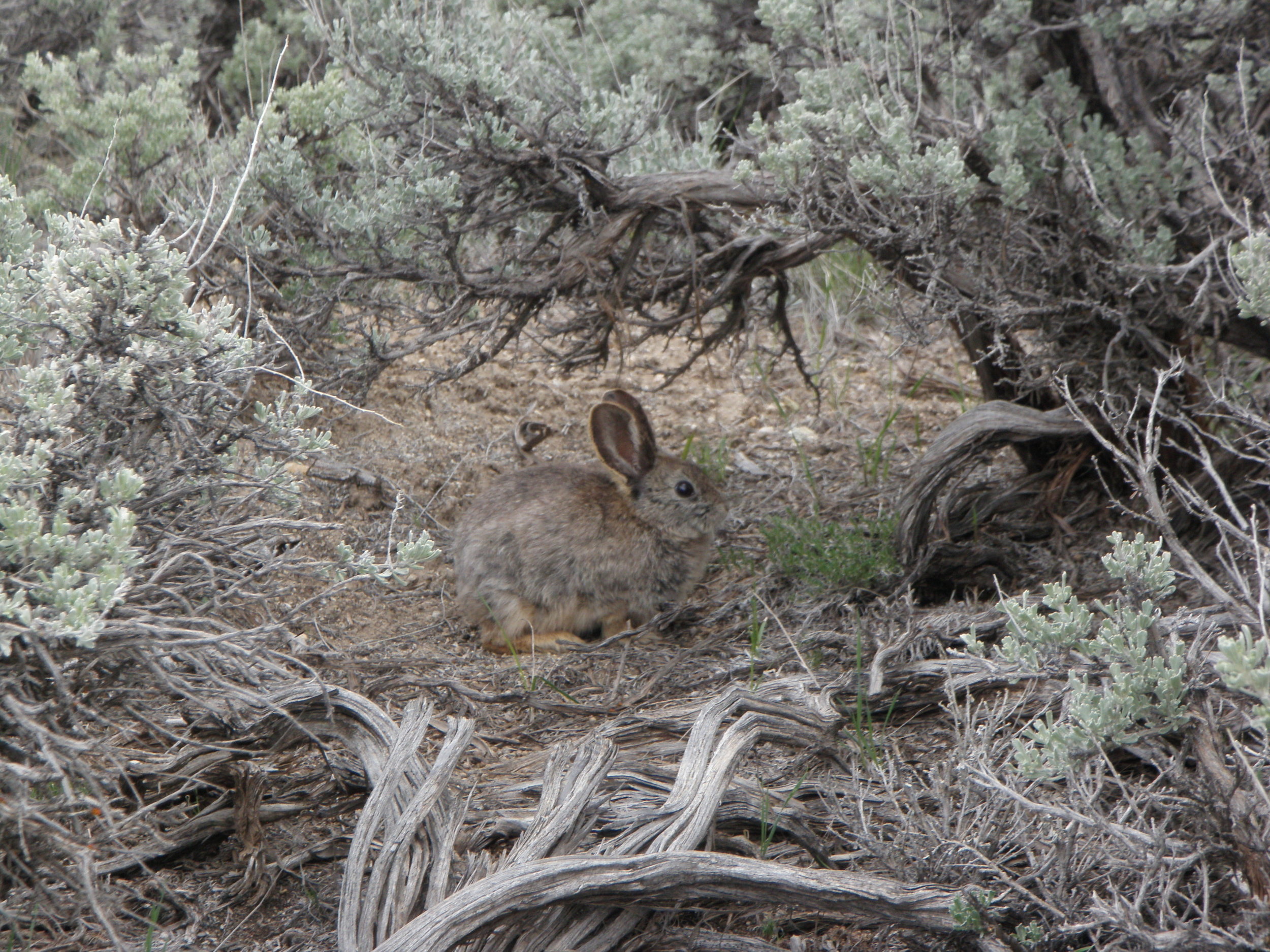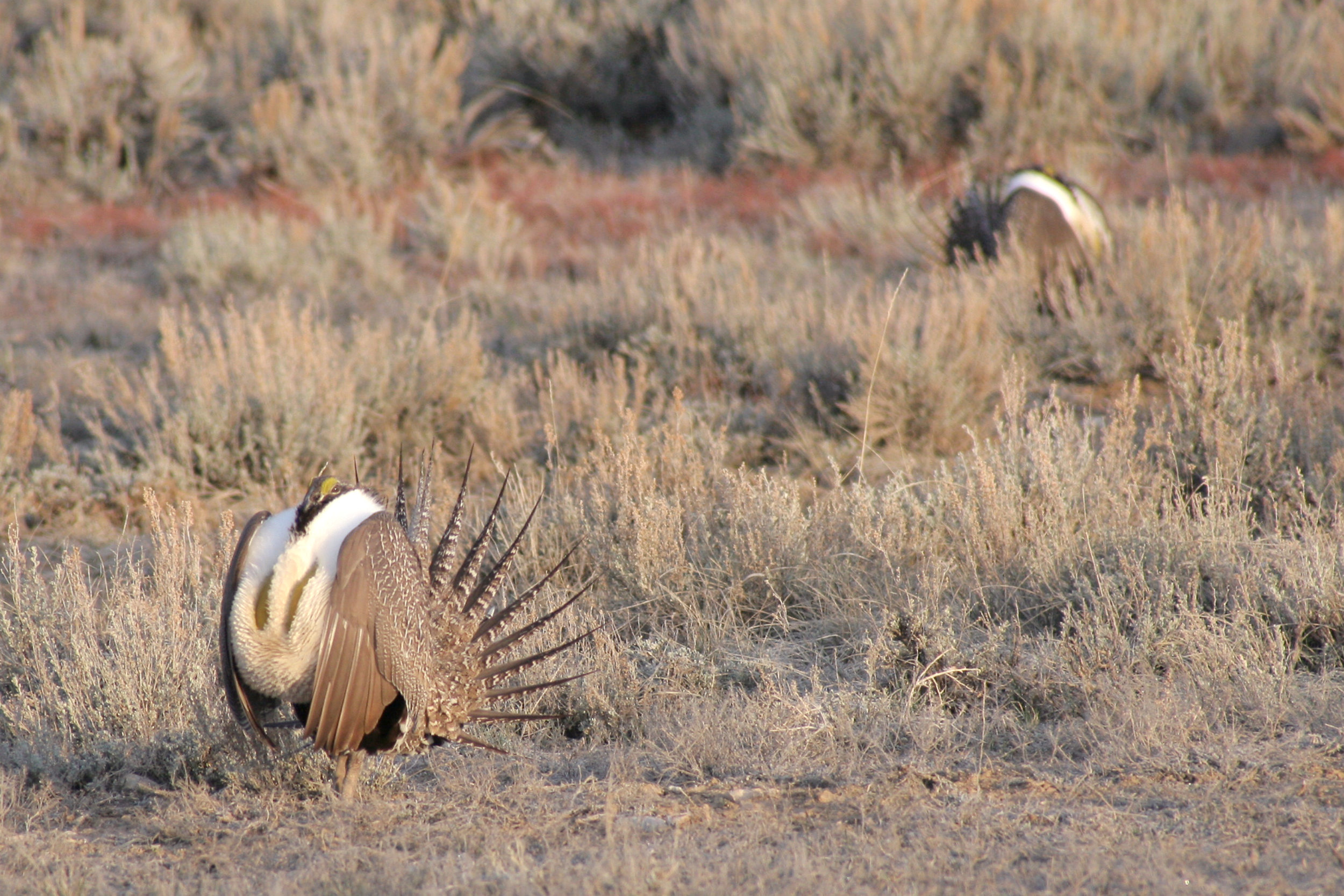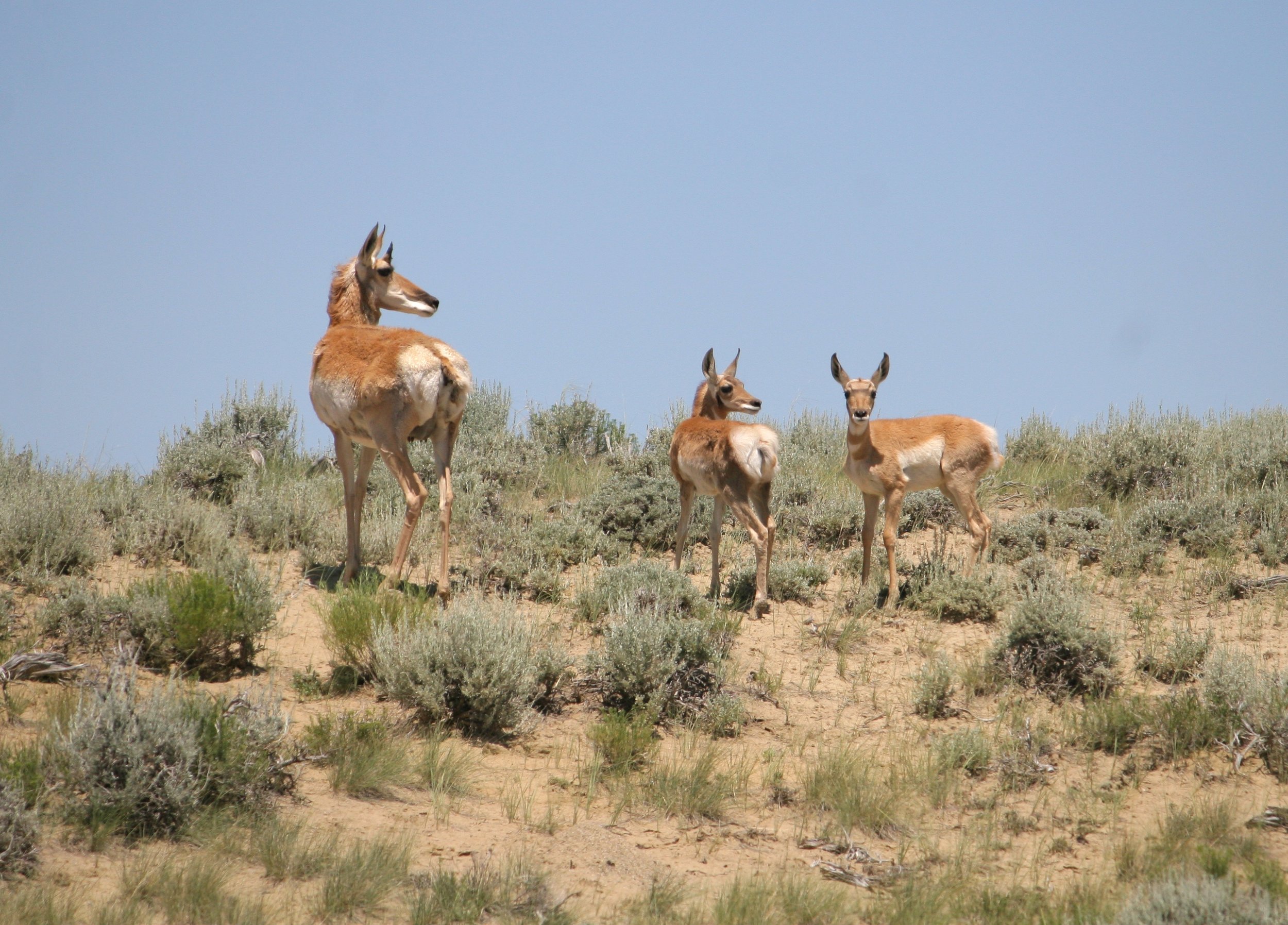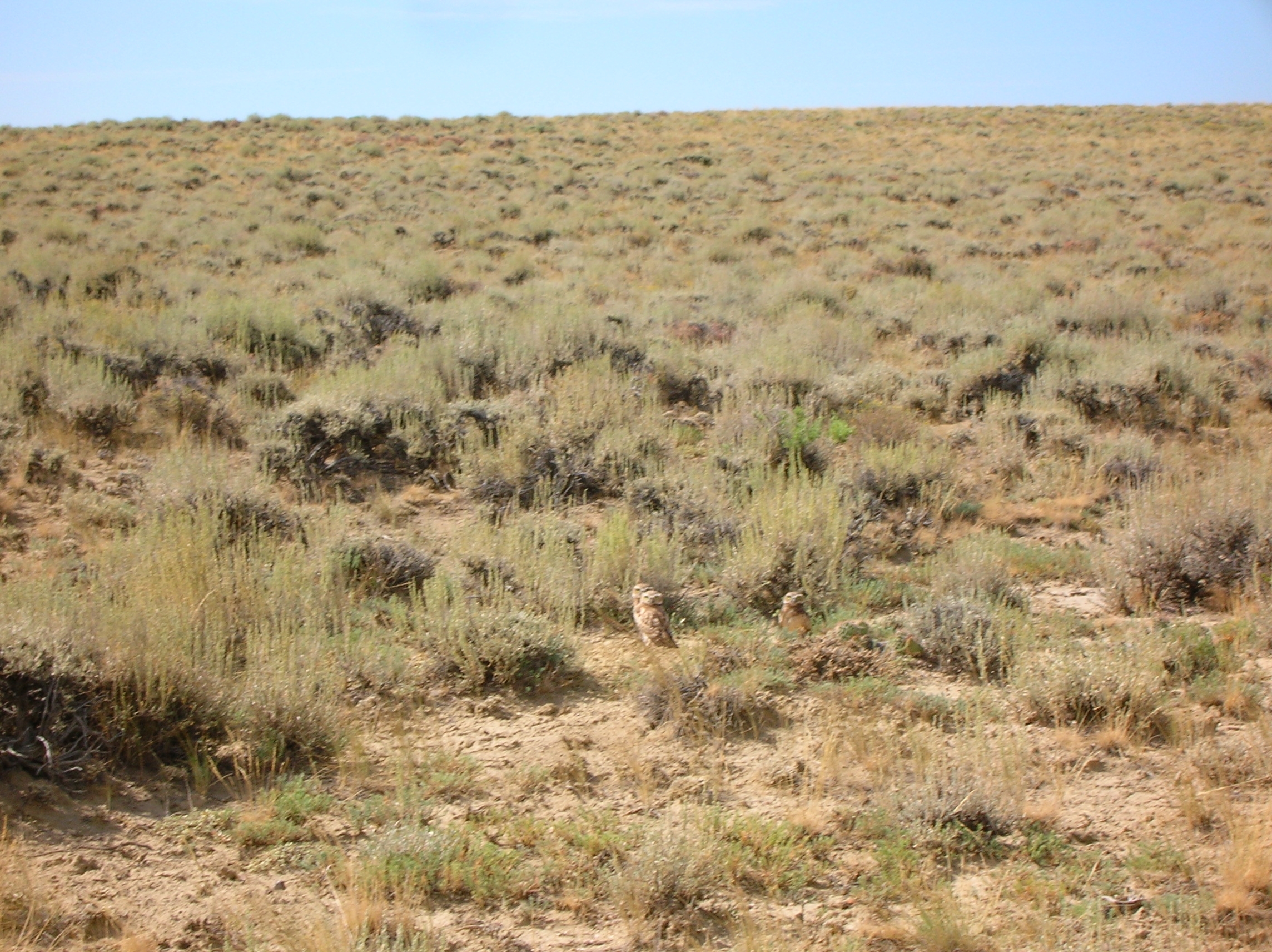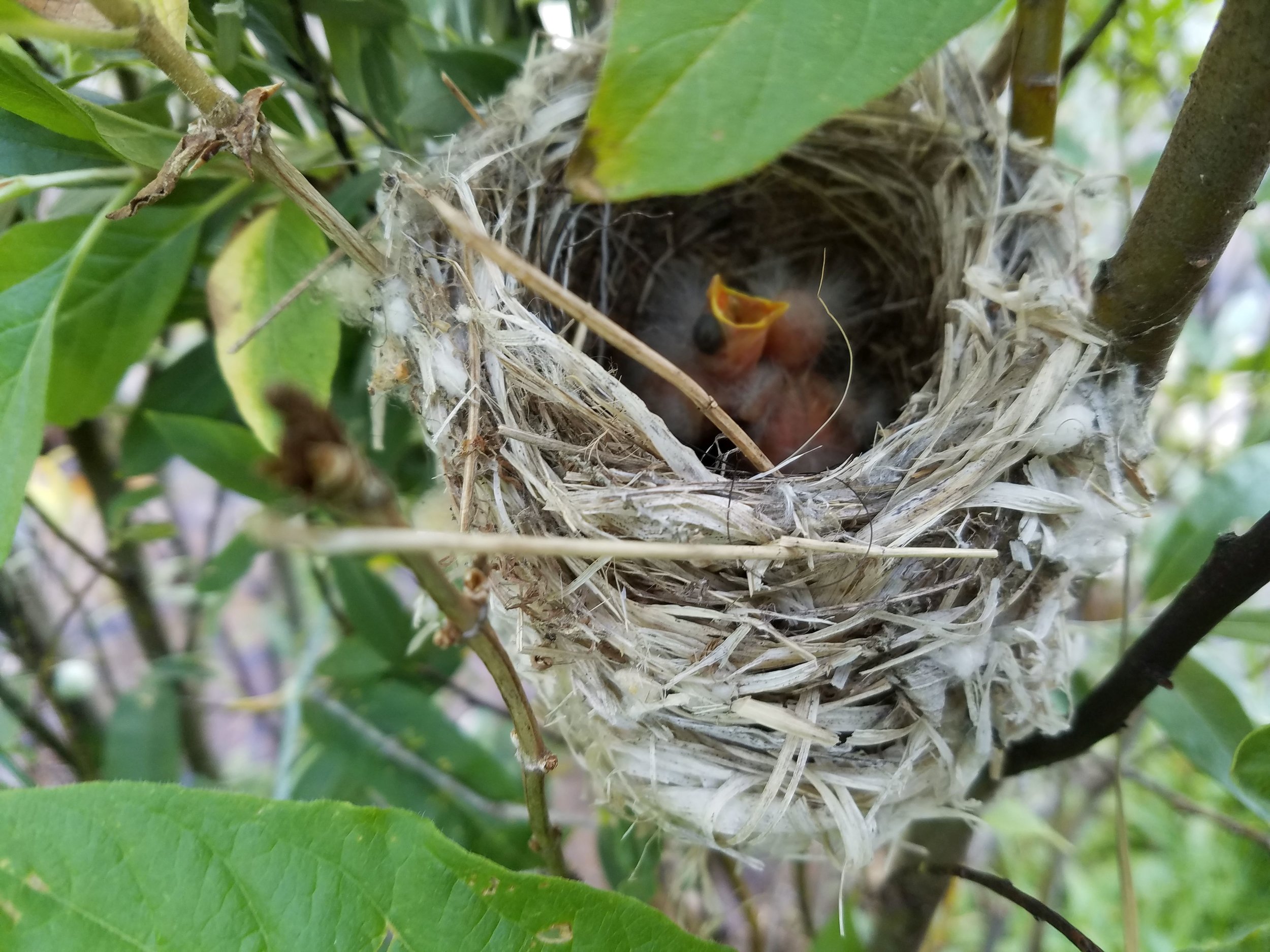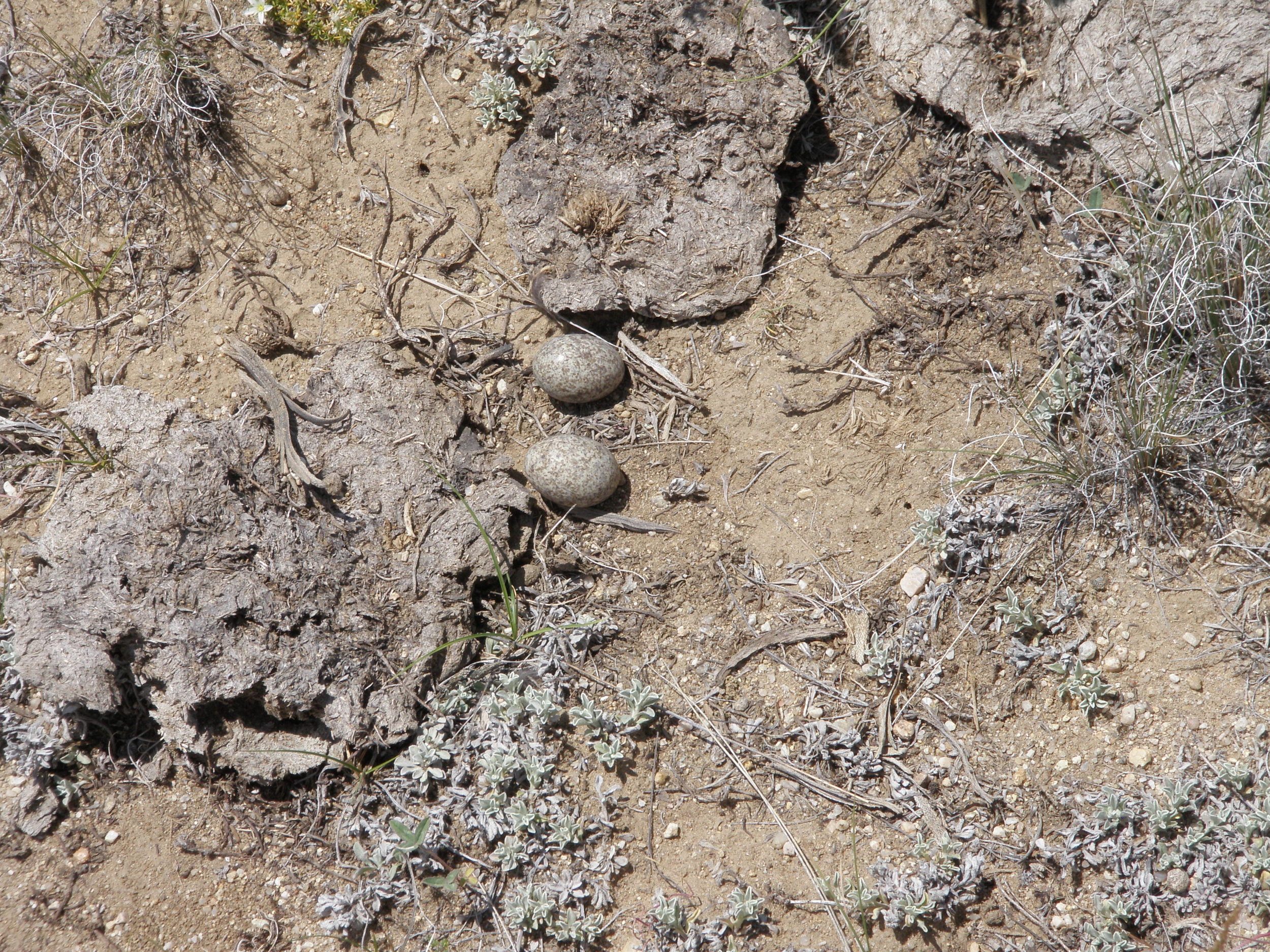Surface Water Quality Program
Sublette County is rich in resources including an abundance of wildlife. With some of the longest and well documented ungulate corridors in the lower 48 states and some of the most intact habitats, the District is home to elk, moose, pronghorn, mule deer, Greater sage-grouse, Sandhill cranes, pygmy rabbits, burrowing owls, Bald eagles, grizzly bears, wolves, wolverines, western toads, short-horned lizard, cutthroat trout, Kendall Warm Springs dace… and the list goes on. Sitting at a headwaters of the Colorado River Basin, the County boasts a diversity of habitats from the peaks of mountains (13,400 ft in the Wind River Range) to the valley bottoms (6,280 ft), many streams and more than 1,300 lakes.
What Does the Wildlife & Habitat Program Do?
The Wildlife & Habitat Program staff stays informed on issues regarding Threatened and Endangered species, wildlife/livestock conflicts and other matters that could affect Sublette County landowners and helps to implement voluntary and landowner-led conservation. By working with landowners, agencies and other partners to implement projects and programs, we can all be stewards of working lands.
SCCD is currently supporting wildlife projects in a variety of different areas through the provision of either staff time or funding. See below to learn more:
Conservation Planning
Candidate Conservation Agreements with Assurances (CCAA)
We can assist with the development of Conservation Plans for your property to help you address natural resource concerns and take advantage of opportunities. Natural resources are defined by NRCS to include soil, water, air, plants, animals, energy and human considerations (SWAPAE+H). The plan encompasses the record of decisions and supporting information for a unit of land and opens up avenues of funding through NRCS Farm Bill programs or other funding sources. Components of a plan might include a: Grazing Plan, Integrated Pest Management Plan, Wildlife Management Plan, etc. The planner strives to help the client balance natural resource issues with economic and social needs through the development of the conservation plan. For more information on the conservation planning process, visit NRCS at: https://www.nrcs.usda.gov/wps/portal/nrcs/detail/national/programs/technical/cta/?cid=stelprdb1049425
The program has worked to implement the USFWS Greater Sage-Grouse Candidate Conservation Agreements with Assurances for Wyoming Ranch Management (CCAA). on roughtly 18,746 acres of private and State lands.
